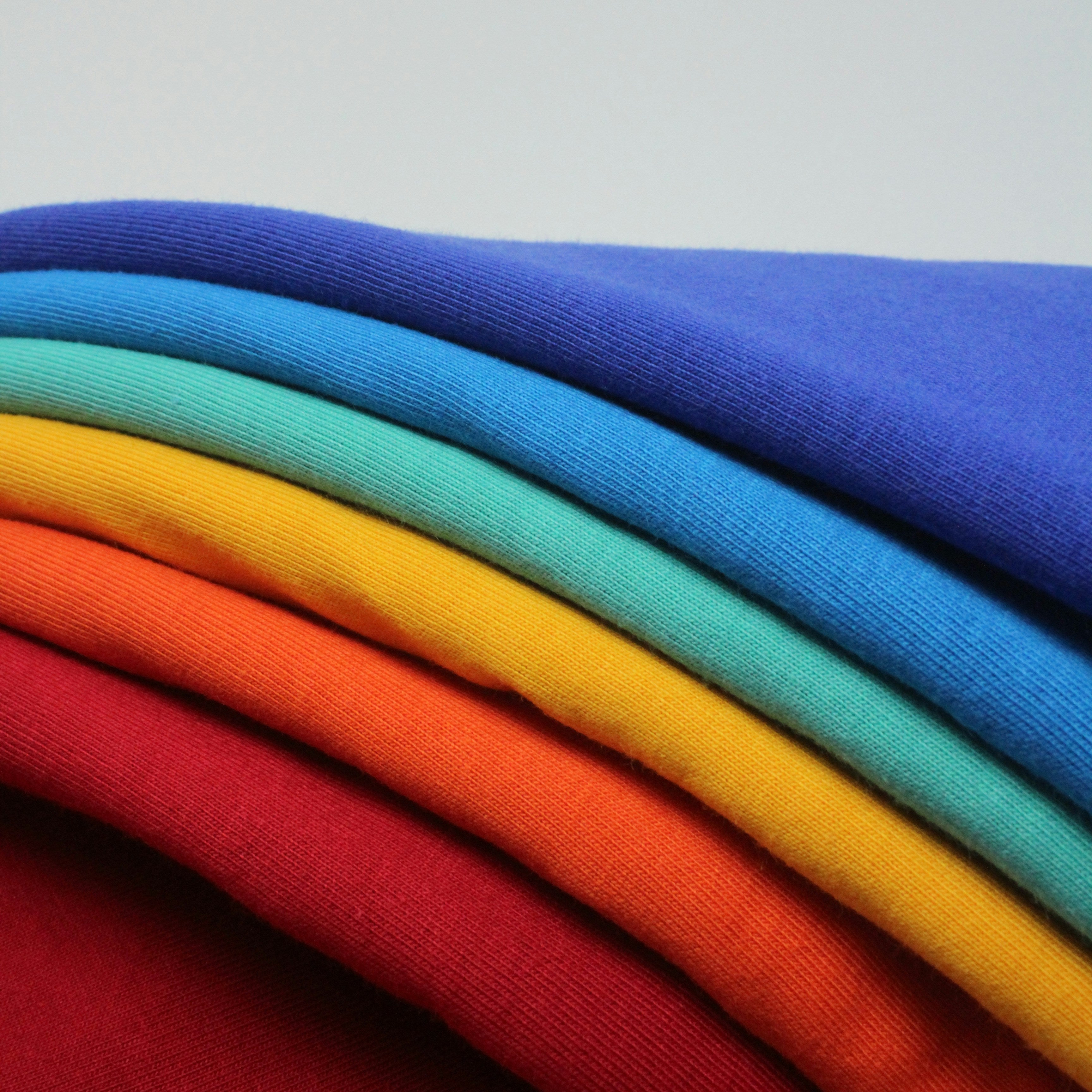From the depths of the Mariana Trench to the peak of Mount Everest, plastic pollution has reached every corner of our planet. But a more personal and invisible threat has recently come into focus: microplastics. These tiny plastic particles, defined as less than 5 millimeters long, shed from the abrasion of synthetic materials and we’re finding them everywhere. They’ve been discovered not only in the air we breathe, water we drink, and food we eat but, alarmingly, in an increasing number of human tissues. And as we're now learning, one of the single biggest sources of this pollution is something we trust every single day: our clothing.
A Problem Hiding in Plain Sight
Synthetic fabrics like polyester and nylon are, essentially, plastic. With every wash and wear, these garments release countless fibers into our homes and waterways. The shedding is amplified in the laundry, where a single wash can send hundreds of thousands of microplastics down the drain. Because these particles are so small, they pass directly through most wastewater treatment facilities. From there, they flow into our rivers and eventually reach the ocean. It's estimated that between 15 and 31% of the estimated 9.5 m tones of plastic released into the oceans each year could be primary microplastics But the impact isn't limited to our water. These same particles contaminate our soil and can become airborne, traveling on wind currents across the globe they can come back down in rain. The result is a pervasive cycle of pollution that touches the water, the land, the air, and our homes.
An Industry Fueled by Synthetics
This problem is amplified by the modern textile industry's heavy reliance on cheap, fossil fuel-based synthetics. Polyester alone makes up over half of the entire global fiber market. This is compounded by a "fast fashion" model that has led to the average person buying 60% more clothes than they did in 2000, but keeping each item for only half as long. More clothes, made from plastic and worn for less time, means more pollution.
The Power of Natural Fibers
The most direct way to solve this problem is to choose clothing made from truly sustainable, natural resources. High-performance natural fibers like hemp, bamboo, linen, and merino wool are not only effective but are also renewable and biodegradable. By consciously choosing garments made from natural materials, we can stop contributing to plastic pollution at its source, creating healthier homes and a healthier planet with every item we wear.
A FearKnot Principle: While recycling is an important step, a garment made from recycled plastic is still a plastic garment. The most powerful solution isn't just to manage plastic better, but to choose natural, non-polluting materials from the start.
Photo by Moonstarious Project on Unsplash
